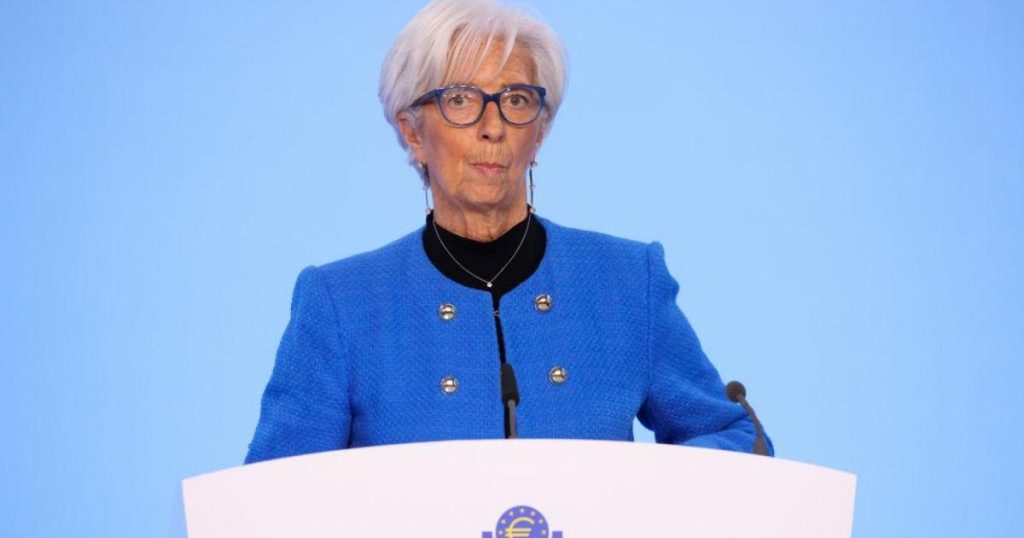The ECB’s Rate Cut Decision
The European Central Bank (ECB) has announced a reduction in the reference rate from 3% to 2.75%, a move that was widely anticipated by financial markets. This decision will also lower the interest rates on deposits at the Central Bank, the main refinancing operations, and on marginal refinancing operations to 2.75%, 2.90%, and 3.15%, respectively, effective from February 5th. The reduction is part of a broader strategy to stimulate the economy amid signs of stagnation and weakening consumer confidence.
Economic Stagnation and Consumer Deterioration
The ECB’s president, Christine Lagarde, highlighted the current economic landscape, noting that the fourth quarter has seen significant stagnation, with manufacturing contracting and services expanding modestly. However, consumer confidence has taken a hit, and household spending remains tepid. Lagarde emphasized that while the economic situation is challenging, the conditions for recovery are still in place. "Recent reductions in interest rates are making new loans more affordable for businesses and families," she stated. Despite these measures, financing conditions remain tight due to the restrictive nature of monetary policy and the lingering effects of past interest rate hikes.
Strategic Monetary Policy
Lagarde further clarified that the ECB does not adhere to a predetermined schedule for interest rate cuts. The decision to reduce rates by 25 basis points was made unanimously by the Board of Directors, reflecting a consensus on the need to support economic growth without overcommitting to a specific timeline. "The 50 basis points cut did not even enter the debate," she revealed, emphasizing the cautious approach taken by the board. The goal is to balance immediate economic support with long-term stability, ensuring that the measures do not lead to unintended consequences such as excessive borrowing or inflation spikes.
Bitcoin and Central Bank Reserves
In a significant statement, Lagarde addressed the possibility of central banks within the European Union incorporating Bitcoin into their reserves. "I am confident that Bitcoin will not be part of the reserves of any of the central banks," she asserted, reiterating the ECB’s critical stance on cryptocurrencies. Lagarde explained that the Board of Directors and the General Council are united in their belief that reserves must be liquid, safe, and free from any association with criminal activities. This stance comes in the wake of favorable comments from former U.S. President Donald Trump about Bitcoin, but the ECB remains steadfast in its position, prioritizing traditional financial stability and security.
Inflation and Real Income
The ECB’s decision to cut interest rates is also grounded in its analysis of inflation and real income trends. The EuroTower, the ECB’s headquarters, acknowledged that the inflation adjustment process is underway and expects it to stabilize around the 2% target. Internal inflation remains high, particularly due to delayed wage and price adjustments stemming from past inflation increases. However, the growth in wages is moderating as expected, and corporate profits are helping to mitigate the inflationary impact. The ECB believes that these developments, combined with the increase in real incomes, will gradually support higher consumer demand and economic growth.
Outlook for the Euro Area
The overall economic outlook for the euro area remains cautious but optimistic. The ECB recognizes that the region is still grappling with adverse conditions, including rigid financing and the restrictive effects of prior monetary policy. However, the central bank is confident that the ongoing measures, such as interest rate cuts, will stimulate demand and foster a return to more stable economic conditions. The focus remains on promoting liquidity, ensuring financial safety, and fostering an environment where businesses and households can access affordable credit. The ECB’s strategy is designed to provide a foundation for sustainable economic recovery, even as it navigates the complex and evolving financial landscape.












